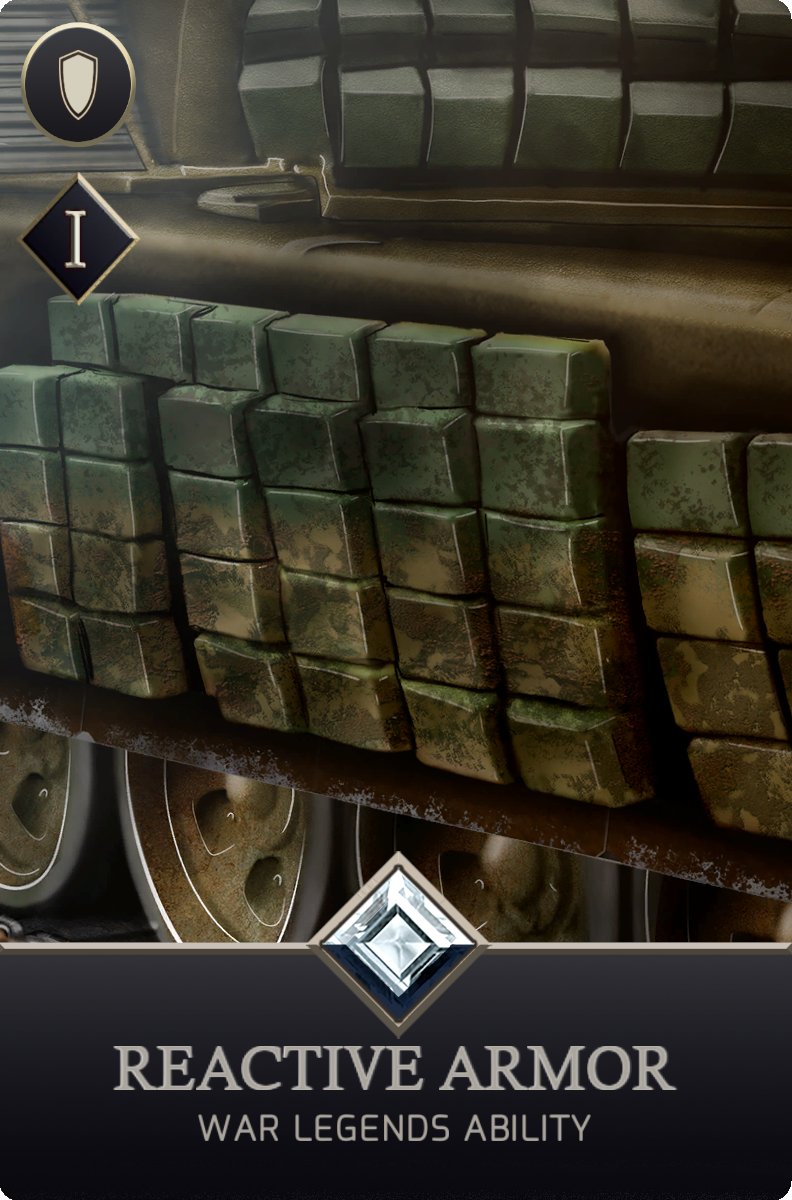


Ability Background
The word shielding comes from the word Blinda and is in turn from the Germanic word blenden which means to cover, the shields are structural elements (Beams) that keep the trenches open, preventing the earth from covering the trench.
Although Frederick Richard Simms is considered the father of armor due to the fact that in 1899 he invented a motorized quadricycle to which he provided a steel cover and attached a machine gun, since the time of Alexander the Great between 353 and 323 there is evidence of the helepolis, tall siege vehicles similar to towers, which were placed on the walls, and which were able to resist any enemy attack, be it hot pitch, incendiary arrows or large catapult-launched stones, thanks to their strong wooden structure and cover of wet fabrics, rigid leather and bronze plates.
The improvements in the offensive weapons meant at the same time the evolution of the defensive elements, because if the guns had more penetration capacity, the armor had to increase its thickness incorporating more material that would compensate the impact of the new guns and projectiles.
The trade-off of increasing the thickness of the armor on vehicles was that the thicker the
this further increased the weight, making the vehicle need more power to maintain an acceptable speed.
New projectiles such as the so-called hollow charge (HEAT) would soon emerge, which were exceptionally destructive against conventional armor and whose power consisted of projecting the explosion of an impact grenade thanks to its conical-shaped charge compartment that melted the armor. thus allowing its penetration.
To counteract the explosion of the projectile, an equal or more powerful reaction is required to prevent penetration, which is why it was decided to cover the most vulnerable areas of the battle tank with a series of metal plates with sandwiched plastic explosive, which proved to be really effective against these projectiles. our vehicle are repelled by the reactive armor.








